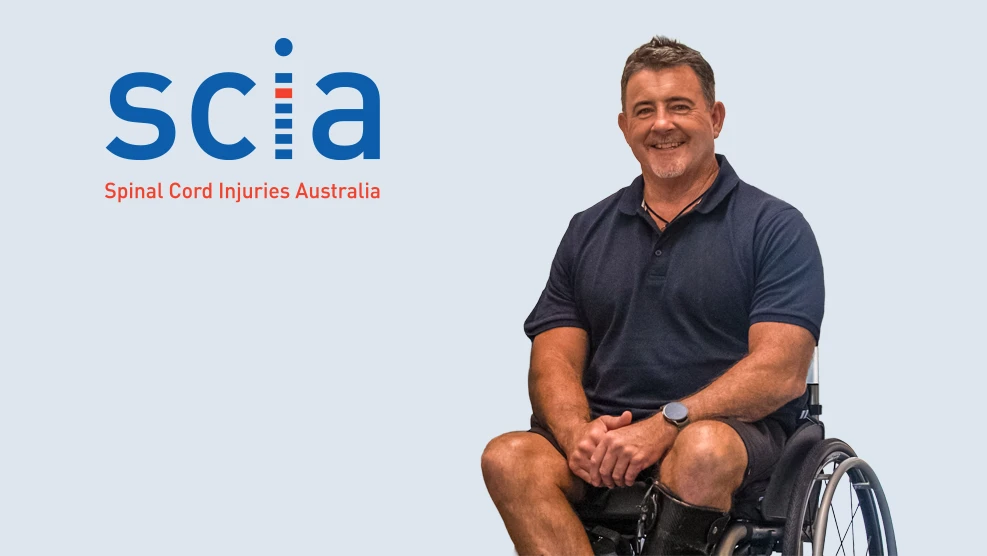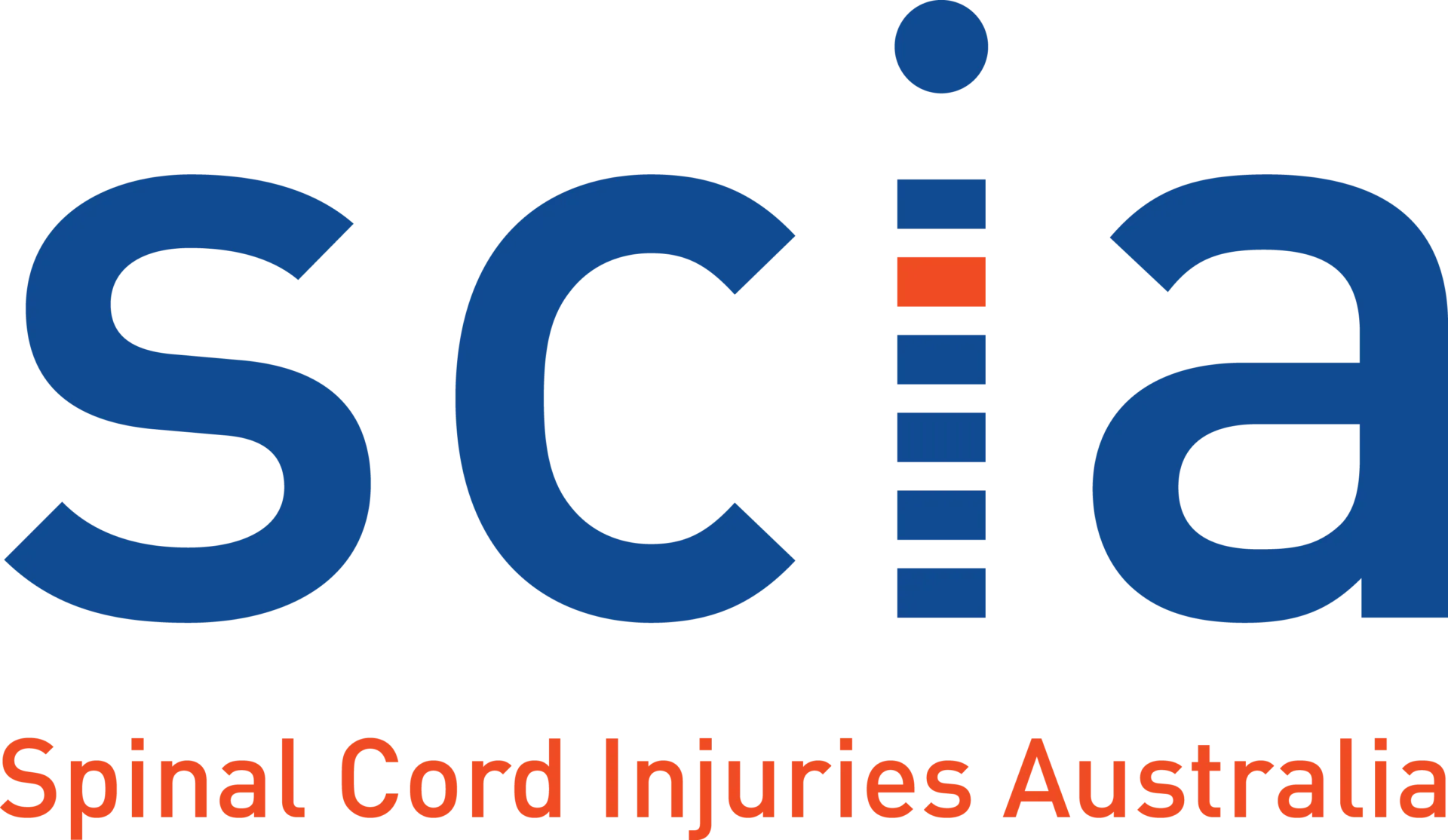Your central hub for information, support tools, and practical advice.
We have a wealth of knowledge to share with you about living with a spinal cord injury (SCI), and have pulled this together in this section to help you access the information you need, when you need it.
Discover our resources
+ Show More
List View

Online Network Forum: Person-Centred Emergency Preparedness
In our June Online Network Forum, our Representative Advocacy team invited Centre for Disability Research and Policy at The University...
Read More
NDIS Participant Anxiety is Very Real
The NDIS is a lifeline for many people living in Australia with disabilities and participant anxiety is very real.
Read More
Vivid Sydney 2023 Accessible Guide
Vivid Sydney 2023 kicked off on May 26th and is currently underway. As a festival designed for everyone, Vivid Sydney...
Read More
Emergency Preparedness and Planning for People with Disabilities
Our latest episode of the Have The Nerve podcast is now available! In this episode, Susan delves into the topic...
Read More
Person-Centred Emergency Preparedness (P-CEP)
Person-centred emergency preparedness (P-CEP) is a process that helps people with disabilities to create effective emergency plans.
Read More
2023 Revised Edition of the Complete Guide to Driving with Disability
Total Ability has recently launched the 2023 edition of its comprehensive guide, "Complete Guide to Driving with Disability," aiming to...
Read More
